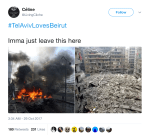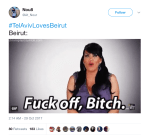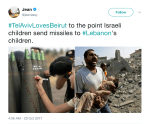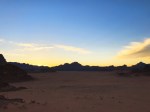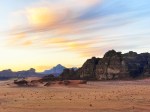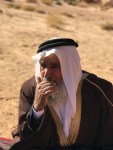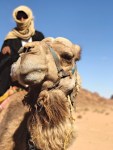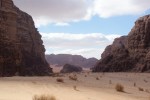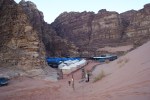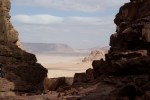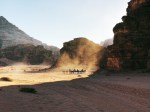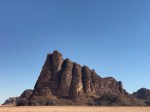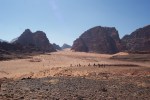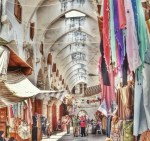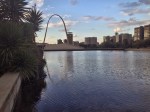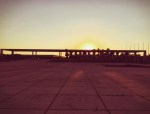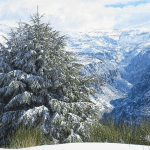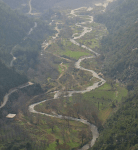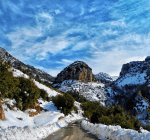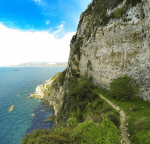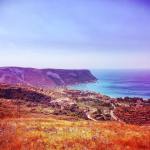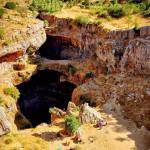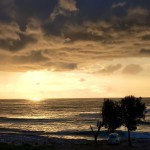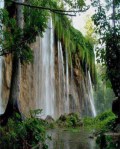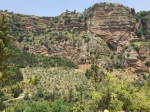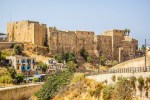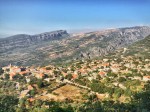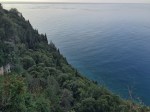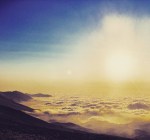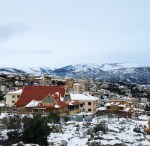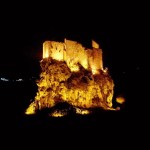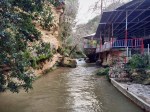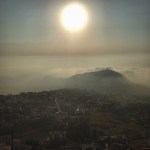A picture of two veiled burkini-clad women, and another bikini-wearing on one of Tripoli’s popular beach islands is going viral today across Lebanon’s internet-sphere. The last time this many people were interested in the city was to berate it for the way it voted in an election, but that election is now long past and so has those people’s attention from this great city up North.
In that picture, the two stark opposites represent this city that I love more than anything else. So I figured, in this small space that I have, that I’d try to tell you – kind reader – of why this city whose picture you’re so eagerly sharing is worth your time.
1) Bikini versus Burkini:

Picture via @Jadgghorayeb
Over the years, many Lebanese have come to associate an image with Tripoli as that of a city that is ravaged by war, where Islamists reign supreme and where seculars – or anyone who does not want to live by the Sharia for that matter – is not welcome.
The constant and progressive decimation in the city’s reputation is slowly being reversed as of late, with many flocking to its pristine beach islands, to the growing safety of its streets.
The above picture, however, is not an anomaly. It’s the culmination of years in which the city’s varying components co-existed calmly, away from politics and hateful rhetoric, and here they are in all their glory.
2) Beirut’s food prices will have a seizure:

You’ve all seen that infamous “Grand Café” picture over the past few weeks and the comparison (although inaccurate) to potential trips to Istanbul that that same bill would’ve covered. Many of you have complained about the price hike in diner chains you’ve loved for years. Now let me tell you a short story.
Yesterday, I took a group of my friends who hadn’t visited Tripoli but to do some necessary paperworks that people of the North have to do in it to one of the city’s restaurants. Their first reaction scanning the prices of that menu – one of Tripoli’s more expensive places, may I add – was to ask one question: how?
Four main courses, drinks, and appetizers later, our bill was less than half of what we would’ve paid for the same combination at any given place in our country’s capital. And the food was great.
In fact, the food is great everywhere. From the restaurants offering Lebanese to those offering mixed cuisine across the city, to the vendors selling cheese and kaak, to the many coffee places many of which I love – Ahwak for the win – to the sweets places and palaces that the city have become synonymous with, you can do no wrong.
3) Lebanon’s biggest old souk is there:
Everyone loves to go to Jbeil to see its “authentic” great souks. And while Jbeil’s old sector is awesome, it is dwarfed by what lies in Tripoli’s old city.
Not only is Tripoli’s souk one of Lebanon’s biggest, and is relatively well-kept, but it has retained a flair of authenticity with it being a melting pot of all of the city’s inhabitants, across their sociopolitical status.
The old souks are still divided based on the different services they offer, from khan el saboun to khan el dahab, to the many Ottoman-styled hammams inside them. They’re a must-visit if you’re in the city and in the mood for some meet up with Lebanese history.
4) Citadel St. Gilles is awesome:

Built by the Crusaders, Citadel St. Gilles in Tripoli’s Tebbaneh neighborhood is an extremely well-kept fortress that, because of its location, is rarely viewed as a touristic destination. But it is, and you’d be missing out by not checking it out.
It’s almost 900 years old, has been morphed over the years by the many occupiers of the city into what it is today, and the place being almost always not crowded gives you a visiting experience that view other touristic spots in Lebanon offer.
The entrance is also a simple: 5,000LL.
5) Rachid Karame Forum is spectacular:
Designed by the late Brazilian architect Oscar Niemeyer, the Rachid Karame Forum at the entrance of the city is a vast space that’s probably the most accurate representation of the wasted potential of the city.
Intended to be the hub of an economic forum as plans to turn the city into a Lebanese economic capital were underway, the place is now almost a ghost-town of modern unfinished architecture and landscape designs that will surely blow you away.
6) The Palm Islands are amazing:

Pic via The Daily Star
A natural reserve set forth by the Lebanese state, a section of the Palm Islands has been made available for beach-lovers to visit in order to exercise their favorite hobby. From clean sands to pristine waters, the islands are near-free to get to – unlike all the resorts in or around Beirut and its greater area.
Fun fact: the Arabic name for the Islands is rabbit islands. It is as such because during the period of the French occupation, rabbits were let loose on the island. What were two soon became hundreds, and therefore the naming occurred.
7) Timmy’s in El Mina is the pub to go to:
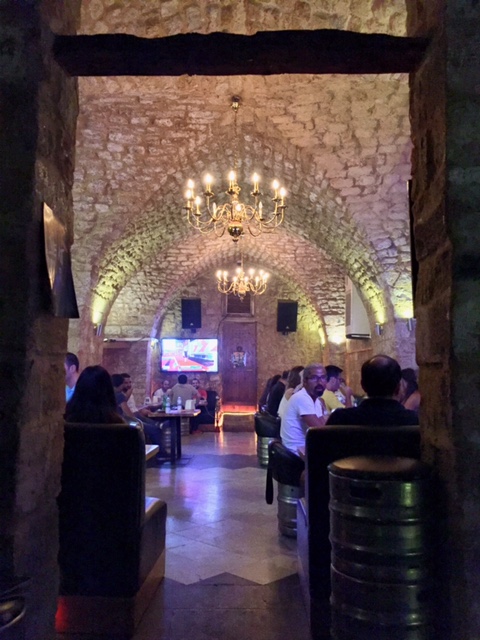
When I say alcohol, Tripoli is probably the last place you’d think of. But there’s a pub in the old neighborhood in El Mina called Timmy’s that will help you change your mind a little. It’s an old traditional sea-side Lebanese house that has been turned into a massive space for those who feel like they need to wind down after a long day or week.
From sand-stone interior, to chandeliers dangling from the ceiling, to doors manned by a camera based on which the owner decides which clientele he wants to admit or not, the only adjective that could describe the place is exclusive but approachable.
When I was there, I had a discussion with the owner about why he adopted such a policy. He said that he wants to keep the place at a high enough level to attract people to his city. And attract people he does. For the moment, most of those who flock to Timmy’s are either from Tripoli or from the neighboring areas of Zgharta or Koura or sometimes Batroun. But that could change.
8) El Mina’s corniche is one awesome walk:

The same night when I had a few friends try out one of my favorite restaurants in Tripoli and they got shocked with how cheap and good it was, I took them on a drive around the sea corniche in Mina. Stretching for more than 3 kilometers, it is one of Lebanon’s longest and more authentic.
From vendors in small kiosks on the side, to kids flying around kites, to men praying in the heat while they fish, on that corniche you’ll see all kinds of kinds, in a city that has everything you’d see.
9) The people are the most kind-hearted you’ll find:
From close friends, to the people that would give you money for park meters when you’re out of coins, to the hefty portions you’re served anywhere you go, to the overall sense of welcome they infuse in the air of their city, the people of Tripoli are some of the most kind-hearted welcoming people you’ll meet in this country.
I’ve had the pleasure to know many of them, some of whom were like my family at a certain point, and I call myself lucky for doing so.
10) Life exists North of the Madfoun:
The Lebanese border does not end sligthly north of Jbeil. Venture out. Explore a little. Odds are you may be surprised – even if for a picture involving a bikini and a burkini. Suck on that Cannes?







